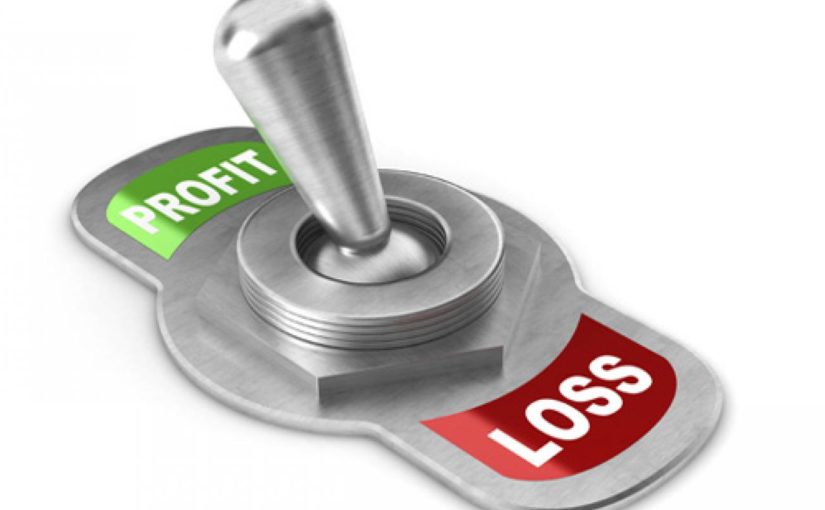It’s the new year, and sales leaders are starting to make goals and plan out new strategies for 2019. At this point, you’ve seen your sales reps experience fatigue in prospecting, and you probably need a good boost in conversion rates.
Before you do anything, take some time to reflect on what worked and what didn’t over the past year. Then, list some goals and objectives you have for the next year. There are three areas you can focus on to help you meet these goals and increase sales in 2019.
1. Business Development
By this time, your sales reps are experiencing fatigue in cold calling and sending emails. According to SiriusDecisions, it takes an average of 8 cold call attempts to reach a prospect. The average sales person gives up after only 2 attempts. It’s important to re-energize the team and find new and creative ways for reps to engage with prospects.
Creative Prospecting
One creative way to reach out to a prospect is direct mail. You could find a 3D object to send to prospects with a message tied to the value your product/service provides with an ask for an appointment to discuss the value. Send a pizza at lunchtime to a prospect with a note inside saying, “Looking to get a slice of your time”. Get the team together to brainstorm other unique ways to stand out and get prospects’ attention.
Social Media
There is an opportunity with social media to move beyond the status quo. All too often, social media is either miss-used or overlooked. Forbes states that 78% of salespeople using social media outsell their peers.
The key is to find ways to provide value to your network as opposed to just asking for leads or referrals. Publish articles with helpful content, post industry tips and advice, and contribute to conversations via social media.
2. Increase Conversion Rates in the Sales Process
If your conversion rates aren’t where you’d like them to be, do some digging to identify where in the sales process the majority of your deals are getting stuck. Then, assess the underlying cause.
Finding the Cause
One cause could be lack of qualification early on in the process. Hubspot provides this list when qualifying a prospect on an organization-level:
- Is the prospect in your territory?
- Do you sell to their industry?
- What’s the company size?
- Does the account fit your company’s buyer persona?
After answering those questions, reps need to determine on an opportunity-level whether the prospect has a specific need or challenge your business can satisfy and whether it’s feasible for them to implement your particular product or service.
Lastly, determine if the point of contact can actually pull the trigger on the purchase decision. If at any point the prospect is not qualified on any of these levels, they should be disqualified.
Another problem area with the sales process is with demos. It may be hard to even get to this stage because your reps aren’t communicating enough value to get to a demo. And when they do, it might look more like a training exercise as opposed to providing proof that the value is real.
It’s also worth looking into if your reps are giving too big of an ask from one stage of the sales process to another. One example of doing this would be asking to do a trial too early in the sales process.
Lastly, it’s important for your reps to stay persistent and connected during the entire process. According to Marketing Donut, 80% of sales requires 5 follow-up calls after the meeting, and 44% of sales reps give up after 1 follow-up.
Find a Solution
After you’ve found the underlying cause of a low converting stage of the sales process, you need to identify the best practice to solve it.
Prospective customers only have time to focus on a handful of priorities at any one time. So try to push the task, “evaluate this solution” toward the top of their priority list. Point out that every quarter, month, or week that they try to stumble along without a new system is costing them money, losing customers, adding risk, or otherwise hurting their business.
Stay in front of these prospects, but not by pestering them with “Did you get my last email?” notes. Instead, send along helpful educational materials, invite them to webinars, keep them on your email list, or use other cost-effective ways to stay in front of them.
To get prospects through the entire sales process, you need to guide them every step of the way. This takes persistence and willingness to go the extra mile.
3. Hold a Sales Training Event
Now that you’ve identified the best practice to solve the underlying cause of your low converting stage of the sales process, the next step would be to implement a solution. One way to do this is to partner with a sales consultancy and hold a training event for your sales team.
When talking with other sales leaders about the goals of their sales training events or annual meetings, we hear that they want their reps to engage with the content and walk away equipped with skills to lift their sales performance.
Salespeople are always looking for fresh, relevant content and techniques. You need a sales trainer that teaches fresh content that is tailored to your reps and company. The content should be focused on value-based selling and using techniques backed up by recent discoveries on behavioral psychology.
One way to keep all of your reps engaged is to create a whiteboard during the event that they can start utilizing right away. According to Forrester, practicing a presentation, learning a whiteboard, or anything that involves doing something and receiving feedback about it will have a much longer-lasting effect than passively listening to a speaker.
Partnering with a sales consultancy can allow you to refocus on the new year and start implementing solutions to low conversion rates and burnt out sales teams.
**********
If you have a training date on your upcoming calendar, we would love the opportunity to be a part of the discussion on how we can partner together to help you and your team achieve your goals. The content of our training workshops is taught by a 35-year sales veteran who specializes in elevating value by understanding the science of decision-making. Every rep will walk away with mastery of a conversation framework scientifically proven to communicate high value in every conversation they have with prospects and customers.
Let’s talk.
**********
We’d like to offer you a free e-book on how to communicate value in your sales conversations. Click HERE to download.
Call: 678-561-6260, Email: dkurkjian@mastermessaging.com or instant message David Kurkjian on LinkedIn to start the conversation.


